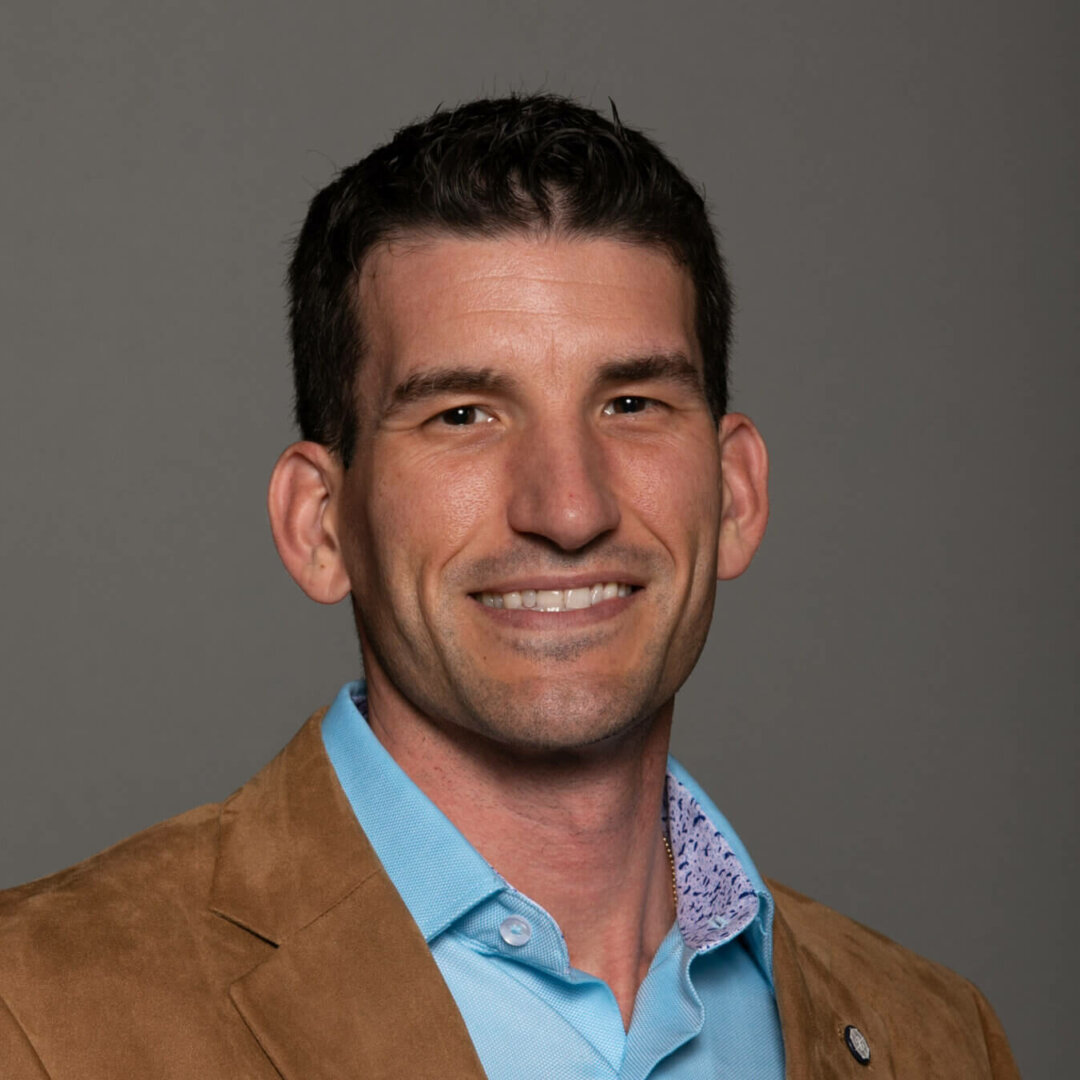For decades, it’s been thought that sarcoplasmic hypertrophy might be the reason bodybuilders have muscles that look like clouds. Recent evidence suggests that BFR might improve the sarcoplasmic to myofibrillar ratio in certain muscle fiber types. In this study, the authors examine if sarcoplasmic hypertrophy is possible.
Overview
What did they test? The authors compared muscle fiber adaptations in low load blood flow resistance training (LL-BFR) compared to high load resistance training (HL-RT).
What did they find? The authors found no differences between the training modalities in muscle fiber size or myofibrillar:sarcoplasmic protein ratio.
What does it mean for you? You shouldn’t use BFR to try to cause adaptations in specific fiber types.
What’s the problem?
Sarcoplasmic hypertrophy, defined as an increase in the volume of the sarcolemma and/or sarcoplasm accompanied by an increase in the volume of mitochondria, sarcoplasmic reticulum, t-tubules, and/or sarcoplasmic enzyme or substrate content, has been a theory of bodybuilders for decades. In bro-terms, sarcoplasmic hypertrophy is the growth of the “non-hard” or non-contractile stuff in muscle. It could explain why bodybuilders are often much weaker than their powerlifting counterparts even though their muscles appear larger 1.
A previous study from the current authors indicated that sarcoplasmic hypertrophy might occur after six weeks of resistance training. They found high volume training reduced the relative abundances of myosin heavy chain and actin (the contractile parts of muscle) by ∼30% in vastus lateralis muscle from 15 well-trained participants 2. Actin protein density per fiber (i.e., the density of contractile tissue per fiber) decreased in these participants from pre- to post-intervention. However, this study was limited given the post-training biopsy was collected after only 24 hours of recovery from the last training bout, when muscles are typically still swollen. When eight of the participants had another biopsy eight days following the last training bout, sarcoplasmic hypertrophy was still evident. This provides some evidence it might be possible.
If sarcoplasmic hypertrophy occurs, it is much more likely to do so in training that has a lot of metabolic stress. One method that focuses on metabolic stress is blood flow restriction training (BFR), which limits the flow of blood to the working muscles, creating a hypoxic environment that intensifies the accumulation of metabolic byproducts such as hydrogen (H+) and lactate. BFR enhances muscle fatigue and cellular signaling pathways related to growth, even with lower loads. This might lead to an increase in sarcoplasmic volume and the associated hypertrophic response without necessarily increasing the muscle's contractile strength via myofibrils.







